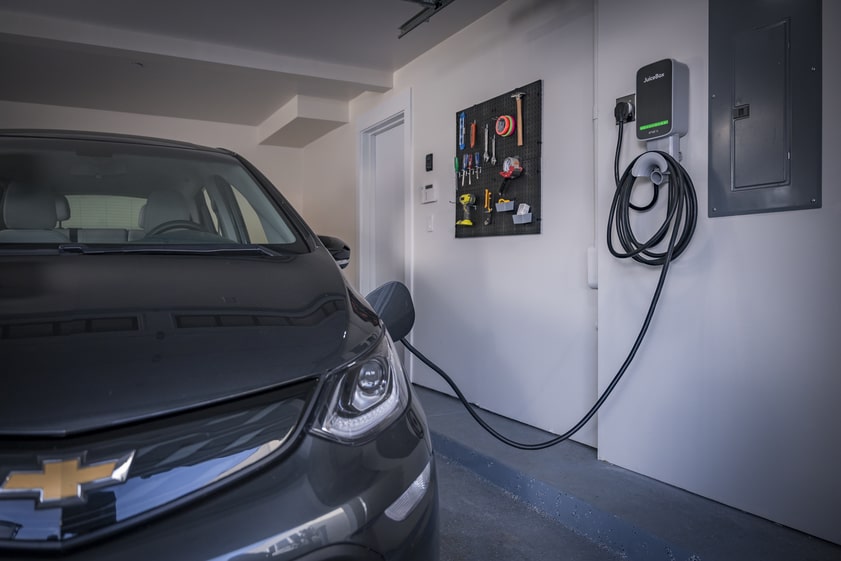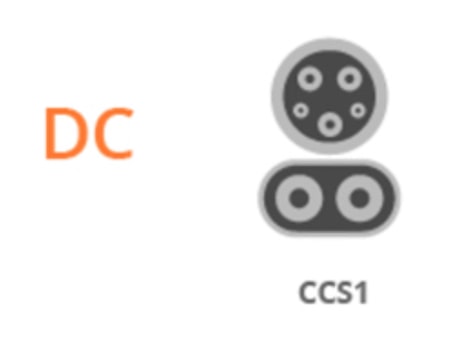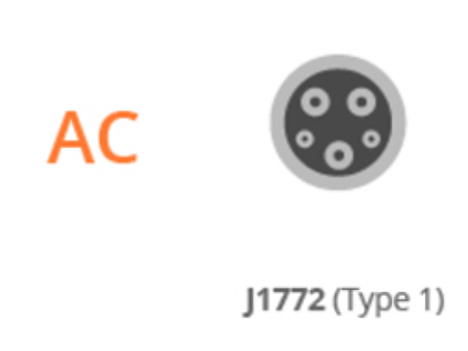A Look at Open Standards in the EV Industry

As the landscape of electric vehicles (EVs) grows, so does their potential to decrease our reliance on fossil fuels as well as decrease carbon emissions. That’s pushed players across the electric vehicle charging landscape to better harness the network of EVs and their EV charging stations. The solution: open standards.
Open standards—standard protocols that are “open” to use by any entity—exist at each key touchpoint in the electric vehicle charging process:
• the charging station itself (SAE J1772 plug)
• the management system charging station operators use (Open Charge Point Protocol)
• the communications platform between electric power providers and EVSE (Open Automated Demand Response)
• XX (Open Vehicle-Grid Integration Platform)
In this post, we’ll take a look at how each of these open standards works, who they serve, and why they’re so important.
How Smart Charging Stations Charge Electric Vehicles: The SAE J1772 Plug
The Basics
The J1772 (known as the “J Plug”) is a charging plug standard for electric vehicles defined by SAE International in 1996. It has become the standard for all North American electric vehicles and all charging station manufacturers (except Tesla, which includes a J Plug adapter with all their vehicles).
 |
 |
|
| The J Plug allows EVs to charge the battery at up to 48KW, which covers Level 1 home charging, Level 2 charging using a 240V outlet like Enel X’s JuiceBox Pro, and the low end of Level 3 DC Fast Charging. | Faster Level 3 charging stations like Enel X’s JuicePump simply add two larger pins below the J Plug, called the Combined Charging System (CCS). |
A Deeper Dive
Of the J Plug’s five pins, its “pilot” pin at the bottom left is especially important. It sends a variable signal from the EV to the charging station that increases or decreases the amount of electrical current supplied to the vehicle. It also enables communication between the EV and the charging station.
This communication link is essential for a smart charger like the JuiceBox Pro to be able to intelligently vary when and how much energy gets passed into an EV. By combining the J Plug’s control pilot signal with grid condition awareness, customer preferences and electricity tariff structure, the JuiceBox Pro and JuicePump keep energy consumption and demand to a minimum while helping prioritize renewable energy use. They do this by charging vehicles faster when energy is cheaper or coming from a renewable source, limiting the amount of energy devoted to vehicle charging at any given moment, and prioritizing vehicle charging order.
For a deeper dive into the J Plug, Weber State University offers this helpful overview. You can also explore the different types of EV charging connectors and see how North American standards are different from others.
How Charging Station Operators Communicate with Charging Stations: Open Charge Point Protocol (OCPP)
The Basics
Open Charge Point Protocol (OCPP) is an open-source protocol created in 2010 and managed by the Open Charge Alliance (OCA). It is the global standard for communication between charging station operators and their network of charging stations.
OCPP is essentially a series of instructions. These instructions tell any charging station management system how to create a communications gateway with any Wii connected or “smart charging station” developed using the OCPP standard, like Enel X’s full line of charging stations.
OCPP enables operators to remotely monitor and maintain all their smart charging stations, authorize EV drivers to use them, and collect billing information in a single system.
A Deeper Dive
OCPP plays an incredibly important role in enabling smart charging and future-proofing EV infrastructure investment. It gives operators the flexibility to regulate how much energy their total network of charging stations is consuming, and optimize the schedule and supply of that consumption. Its compliance with other open standards like OpenADR also enables charging station operators to better participate in demand response events and other incentive power reduction programs.
But not all EV charging companies are fully OCPP-compliant. Some networks are still “closed,” meaning their charging stations only work on their software. Others are OCPP-compliant but only to the extent that their station management software can run on other companies’ charging stations by using OCPP. But—critically—their hardware cannot run on third-party software through OCPP. Only fully OCPP-compliant charging companies like Enel X manufacture charging stations that are truly operable with any station management software.
How Electric Power Companies Communicate with Electric Vehicles: Open Automated Demand Response (OpenADR)
The Basics
Demand response (DR) has become an increasingly important way for power providers to quickly reduce demand during moments of peak grid strain. To do so effectively, they need to be able to send a single message to large numbers of customers about a DR event and receive responses within seconds. OpenADR was crafted in 2010 to meet that need, and has become the smart grid standard model for two-way demand event communications among system operators, power providers, and their customers.
While it began as a standard for communicating messages around demand response events, it has since expanded to include messages, reports, and schedules for a wide range of demand events. As the market leader in demand response technology and program administration, Enel X has been OpenADR 2.0 certified since 2012 and knows how critical it is to effective and reliable demand response performance.
This has become even more true as EVs poured into the market. Today, a number of utilities are using Enel X networked charging stations, which are OpenADR compliant for demand response events.
Open Vehicle-Grid Integration Platform (OVGIP)
Not all EV drivers own a Level 2 networked or smart charging station, so utilities can also manage EV load through another platform, which can communicate directly with the EV telematics systems or smart charging stations. In 2016, the Open Vehicle-Grid Integration Platform (OVGIP) was launched to provide that.
It offers an open, shared communications protocol between EVs and utilities, generally mediated by EV and EVSE manufacturers. In practice, it aggregates utilities’ OpenADR messages about demand events and prices, passes them on to automakers to communicate to their vehicles over WiFi, and returns their replies to utilities in a matter of seconds. That lets utilities work with any EV automaker to complete demand events, and automakers create better incentives for their EV-driving customers.
A Deeper Dive
Today, OVGIP enables electric utilities to execute a range of EV load management strategies through the EV telematics system.
• into hours the utility is producing the most renewable power, sometimes, it'/ca/en/s outside system peaks
• into the time periods where energy is least costly to procure
EV load management through the EV charger or EV telematics does not have to be mutually exclusive and ultimately, combining the two affords the best view for utilities. It’s important to understand the benefits and limitations of both technology paths, use cases, and customer behavior.
Driving electric vehicles has become easier with many charging stations being offered.
Your EV can be taken anywhere now that hotels with EV charging stations exist.


